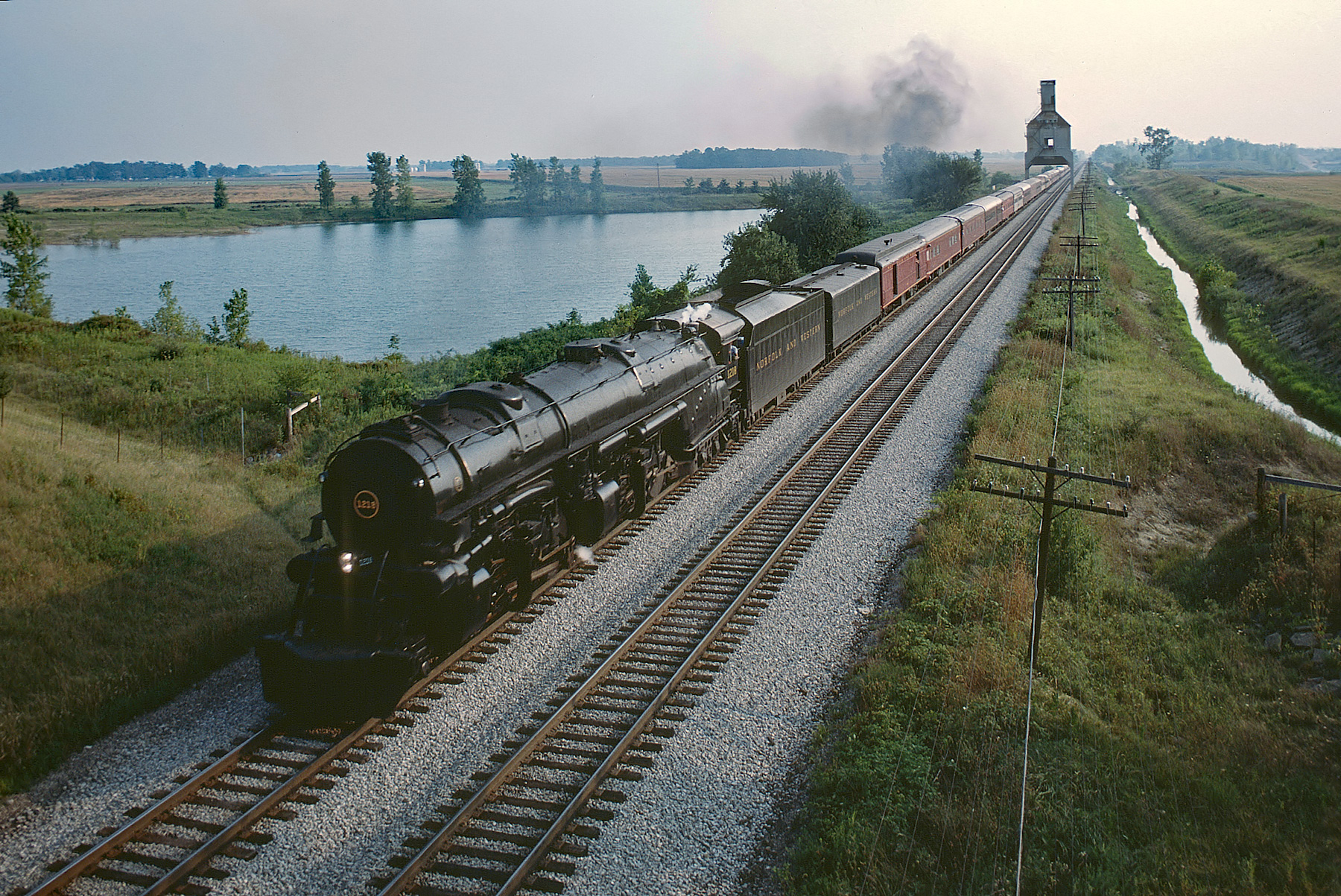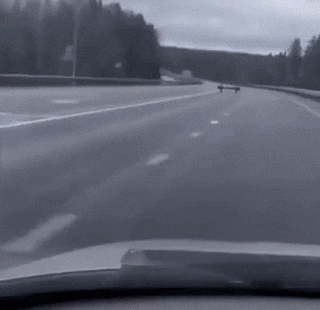The Southern/Norfolk Southern program died for a lot of the same reasons (lack of capacity, lack of crews, rising insurance) but also some that weren't applicable to the CSX situation. Part of that was due to the fact that CSX never outright owned or maintained any of the locomotives they used, but instead used trusted third parties like Ross Rowland. Southern, and then Norfolk Southern, did own and maintain the equipment that they operated in their excursion program, which added a whole lot of expense. A bit of a timeline is in order to make sense of the events as they happened.
1977 - W. Graham Claytor Jr., president of the Southern and founder of the Southern steam program retires. Under Graham Claytor, the program was used to tie in excursions very closely to local celebrations, holidays, anniversaries, etc, making it work well as a PR tool. After Claytor's retirement, the program shifted towards a product wholesaled to NRHS chapters, which caused it to become disconnected from the general public, and the locomotives were rarely, if ever, used on shipper specials or employee specials, which led to the disconnect with the employee base. One rule of the program was that the train had to be escorted by a local Road Foreman of Engineers, which led to a lot of overwork in a thinly-spread group of employees that weren't really getting any of the benefits of the program and causing a lot of resentment.
1982: Southern and Norfolk Southern merge, creating Norfolk Southern, with Bob Clayor, brother of Graham Claytor, as the president. The steam program gets pared down to Southern #4501 and recently returned Norfolk & Western #611, with C&O #2716 being placed into storage after only a year when attempts to weld the cracked firebox resulted in more cracks.
1985: Jim Bistline, with the position of "general manager — steam", retires. Bistline had been in charge of Southern and NS's steam program, and as an old hand had the connections, respect and personality to keep the program running despite a boardroom that was getting contentious of the steam program. His replacement, Carl Jensen, was competent but lacked the connections and standing of Bistline. Southern #4501 is also retired, being too low-powered and low-speed for the mainline.
1986: The Great Dismal Swamp derailment. N&W #611, with Robert Claytor at the throttle, hits a heat-kinked rail at 60mph and derails. Of the 1000 people aboard, 181 are injured, although there are no fatalities. This results in a 40mph speed limit on all steam excursions. This 40mph speed limit caused a lot of internal issues, because before this the excursions ran at or above track speeds, so dispatchers just really had to find a gap to get them out on and they didn't disturb traffic patterns. With the 40mph limits, the excursions became a rolling roadblock, causing a lot of headaches for dispatchers and continuing the disconnect with employees. It also turned pleasant 8 hour trips into 12 hour death marches that were too much for but the most diehard fans
1987: N&W 2-6-6-4 #1218 is returned to operation after a very expensive restoration. Used for years as a stationary boiler at Union Carbide, then saved at the last second by Nelson Blount, and stored outdoors at Steamtown and then Roanoke, the Class A was supposedly a complete basket case. Also, Arnold McKinnon takes over from Bob Claytor as president and sometime during his 5 year tenure, he strips the NS steam program of subsidies, to force the program to be sustainable. This forced Carl Jensen to have to run more frequent trips, which also drove up long-term maintenance costs, as well as placing more strain on NS crews and dispatchers trying to make sure the trips went off without a hitch.
1991: N&W #1218 goes out of service, per FRA standards. The tubes were due for regular replacement, the firebox was also getting quite thin and required replacement and the rumor is that the engine need a host of other work to return to service. The #1218 was also rumored to be eye-wateringly expensive per mile to operate.
1992: Carl Jensen requests $1 million dollars to renovate some of the NS-owned passenger cars. NS took this money from the fund to overhaul #1218, leading to an even longer overhaul time. Implicit in this money was a "Don't bother us for a while" from the board. NS was also requiring all the leased passenger cars that they were using to be painted in N&W Tuscan Red, which caused some groups to pull their cars out, either due to cost or just not wanting to paint their cars in N&W colors.
1994: The one-two-three punch that killed the program. Graham Claytor passes away in May, his brother Robert having passed away the year before. Even after no longer being in charge of the company, the Claytors had kept a steady presence around the NS steam program and had had a lot of influence in keeping it going. Then, in October of that year, the day before a planned excursion with #611, a switching accident at NS' Lynchburg yard destroys two of the passenger cars and damages five more. This was apparently the incident that really spooked NS. An unnamed source says they were at the NS board meeting after that incident and someone was listing off the list of passenger car "fatalities" and someone spoke up and said "What if people had been aboard them?" and supposedly in the silence that followed, you could hear the coffin shut on the NS steam program. Finally, #611's boiler certificates were set to run out in January of '95, and #1218 wasn't running yet, which would have left them with just #4501 (after retirement in '85, it had been brought back in '90 to go where #611 and #1218's heavier axle loadings could't) The cost of overhauling #611, repairing/replacing 7 passenger cars, and the still-ongoing overhaul of #1218 was just too much. Add that it didn't bring anything to the company bottom line and wasn't loved by employees, president David Goode finally made the decision to throw in the towel.











































